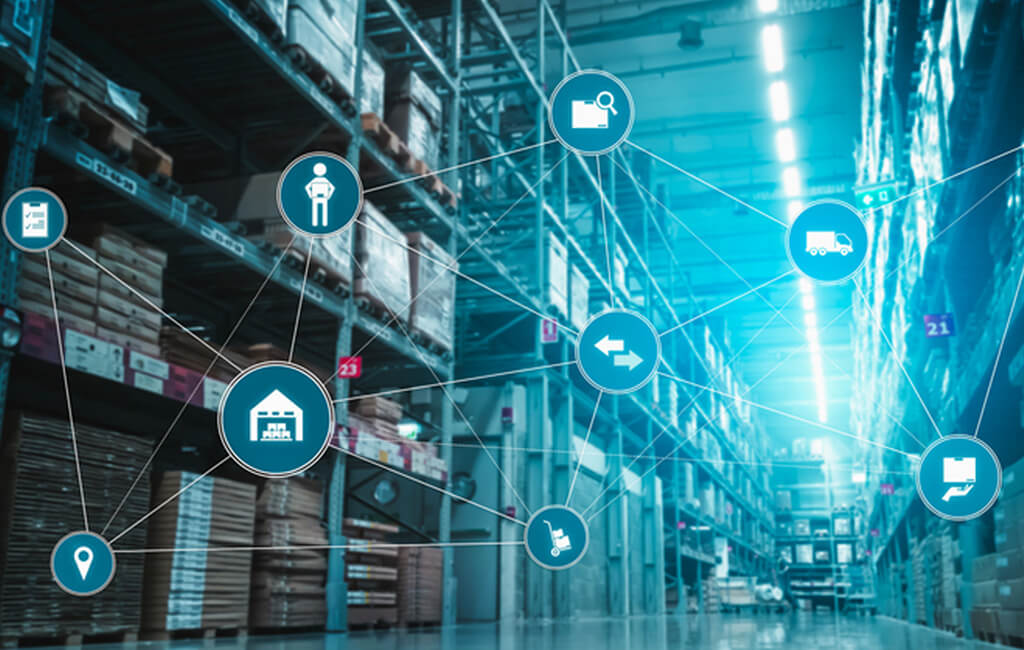5G and blockchain are two of the most transformative technologies of our time. 5G promises to deliver ultra-fast, low-latency connectivity, while blockchain offers a secure, tamper-proof way to store and share data. When these two technologies are combined, they have the potential to revolutionize a wide range of industries.

5G
The fifth generation of cellular network technology is known as 5G. It offers a significant improvement over 4G in terms of speed, latency, and capacity. 5G networks can support peak speeds of up to 10 Gbps, which is 100 times faster than 4G. Latency is also significantly reduced, with 5G networks capable of delivering latency of less than 1 millisecond. This makes 5G ideal for applications that require high bandwidth and low latency, such as real-time video streaming, virtual reality, and autonomous driving.
Blockchain
Blockchain is a distributed ledger technology that allows for secure, tamper-proof transactions. It is based on a network of computers that share a single copy of a ledger, which is a record of transactions. The network verifies each transaction before it is put to the ledger. This makes blockchain ideal for applications that require security, transparency, and immutability, such as supply chain management, financial services, and healthcare.
5G Blockchain
The combination of 5G and blockchain has the potential to create several new and innovative applications. Here are a few examples:
- **Real-time tracking and monitoring: 5G’s high bandwidth and low latency make it ideal for real-time tracking and monitoring applications. For example, 5G blockchain could be used to track the movement of goods in a supply chain or to monitor the health of patients in a hospital.
- **Decentralized applications: Blockchain can be used to create decentralized applications (dApps), which are applications that run on a peer-to-peer network. 5G’s high bandwidth and low latency could make dApps more user-friendly and efficient. For example, 5G blockchain could be used to create a dApp for online gaming or for financial transactions.
- **Secure data sharing: Blockchain can be used to securely share data between different parties. 5G’s high bandwidth and low latency could make data sharing more efficient and secure. For example, 5G blockchain could be used to share medical records between hospitals or to share confidential data between businesses.
Here are some of the potential benefits of 5G blockchain:
- Increased speed and efficiency: 5G’s high bandwidth and low latency could make blockchain-based applications faster and more efficient.
- Improved security: Blockchain’s security features could make 5G networks more secure.
- Increased scalability: 5G’s capacity could make blockchain networks more scalable.
Of course, there are also some potential challenges associated with 5G blockchain:
- Cost: 5G networks are still relatively expensive to deploy.
- Complexity: 5G blockchain is a complex technology that requires specialized expertise.
- Regulation: Governments are still working to develop regulations for 5G and blockchain.
Overall, 5G blockchain is a promising technology with the potential to revolutionize a wide range of industries. However, there are still some challenges that need to be addressed before 5G blockchain can be widely adopted.
Conclusion
5G and blockchain are still emerging technologies, but they have the potential to revolutionize a wide range of industries. When these two technologies are combined, they have the potential to create a new era of digital technology.
Disclaimer
FAQ
DeFI stands for decentralized finance, offering open and accessible financial systems built on blockchain technology.
Yield farming involves earning interest by lending or staking cryptocurrencies.
Layer 1 blockchains are the primary networks (e.g., Ethereum), while layer 2 blockchains scale and improve performance on top of them.


